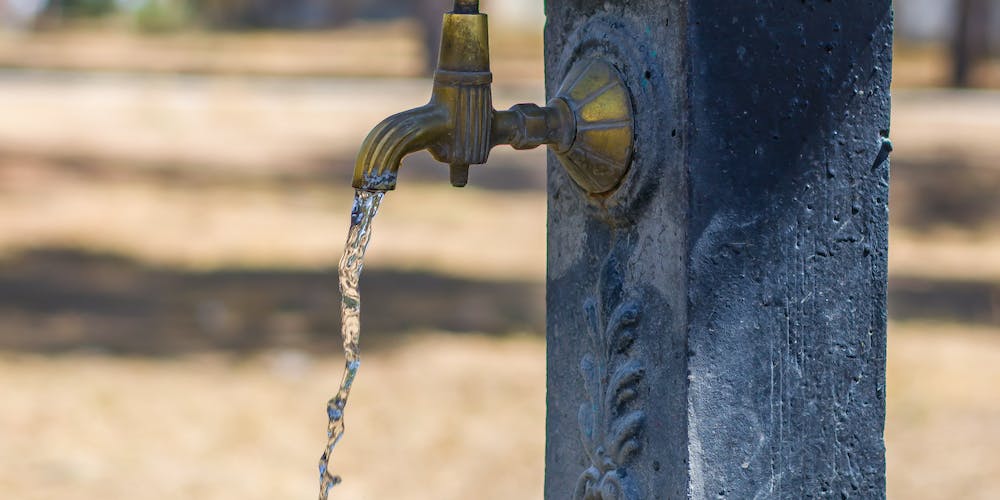Hydroponics is a method of growing plants without soil, using water and nutrients instead. It has become increasingly popular in recent years due to its numerous advantages over traditional soil-based gardening, such as higher yields, faster growth, and the ability to grow plants in any location, regardless of soil conditions.
One crucial element in hydroponic systems is the water pump. In this article, we will explore everything you need to know about water pumps for hydroponics – from their types and functions to maintenance tips and frequently asked questions.
Types of Water Pumps for Hydroponics

Submersible Pumps
Submersible pumps are one of the most commonly used types of water pumps in hydroponic systems. These pumps are designed to be placed directly into the water reservoir, making them easy to install and maintain. They have a compact design and are suitable for both small and large-scale hydroponic setups.
Functions of Submersible Pumps
- Circulates the water: Submersible pumps play a crucial role in keeping the water in hydroponic systems moving. The continuous flow of water ensures that nutrients are evenly distributed to the plants’ roots.
- Oxygenates the water: In addition to circulating the water, submersible pumps also help oxygenate it. This is essential for plant growth, as oxygen is necessary for the roots to absorb nutrients effectively.
- Prevents stagnation: Stagnant water can lead to the growth of algae and harmful bacteria. Submersible pumps keep the water flowing, preventing any buildup of unwanted microorganisms.
Inline Pumps ###
Inline pumps, also known as external pumps, are another type of water pump used in hydroponics. Unlike submersible pumps, these pumps are placed outside the water reservoir and connected to the system through tubing. They are typically more powerful and efficient than submersible pumps, making them suitable for larger hydroponic setups.
Functions of Inline Pumps
- Increased water pressure: Inline pumps can provide higher water pressure compared to submersible pumps, which is necessary for larger systems with multiple growing sites.
- Better energy efficiency: As inline pumps are placed outside the water reservoir, they do not require as much energy to run, making them more cost-effective in the long run.
- Easy maintenance: Since inline pumps are not submerged in water, they are easier to access for maintenance and repairs.
Factors to Consider When Choosing a Water Pump

Size
The size of the water pump you choose will depend on the size of your hydroponic setup. Submersible pumps are available in different sizes, ranging from small ones suitable for home gardens to larger ones for commercial operations. Similarly, inline pumps come in various horsepower options, with more powerful ones being able to pump water at greater heights and distances.
Flow Rate
The flow rate of a water pump refers to the amount of water it can circulate in a specific period. This is an essential factor to consider when choosing a water pump for your hydroponic system. The flow rate should be sufficient to keep the water moving and oxygenated, but not too strong that it damages the plants’ roots.
Power Consumption
Water pumps require electricity to run, so it’s crucial to consider the power consumption of the pump you choose. Submersible pumps tend to be more energy-efficient as they do not have to work as hard to circulate the water. However, if you have a large setup, an inline pump might be a better choice due to its increased efficiency.
Noise Level
Some water pumps can be quite loud, which can be disruptive in an indoor hydroponic setup. If noise is a concern, look for pumps with lower decibel levels or consider adding insulation around the pump to reduce noise.
Durability
Investing in a high-quality water pump is essential to ensure it lasts for a long time. Look for pumps that are made from durable materials and have a good warranty. Submersible pumps may be more prone to wear and tear due to being constantly submerged in water, so be sure to choose one that is built to last.
Maintenance Tips for Water Pumps

Regular Cleaning: To keep your water pump functioning effectively, it’s essential to clean it regularly. This involves removing any debris or buildup from the intake screen and impeller. For submersible pumps, you can also clean the impeller by running the pump in a bucket of clean water.
Check for Blockages: Over time, blockages can occur in water pumps, hindering their performance. It’s important to check for any clogs or obstructions in the tubing, intake, or impeller and clear them as needed.
Monitor Water Level: Submersible pumps should always be fully submerged in water to prevent overheating. Make sure to monitor the water level in your reservoir and top up as needed.
Replace Parts When Necessary: Like any mechanical equipment, water pumps may require replacement of parts over time. Keep an eye on the pump’s performance and replace any worn-out parts to ensure it continues to function efficiently.
Use a Timer: Using a timer for your water pump can help save energy and regulate water flow. This is especially useful if you have an inline pump that needs to run for certain periods throughout the day.
FAQs about Water Pumps for Hydroponics

Q: Can I use a regular water pump for my hydroponic system?
A: No, regular water pumps are not suitable for hydroponic systems as they are not designed to circulate and oxygenate the water in the same way as a submersible or inline pump.
Q: How do I know if my water pump is the right size for my setup?
A: The ideal pump size will depend on the number of plants you have and the size of your system. A general rule of thumb is to choose a pump with a flow rate of 800-1000 liters per hour for every 100 square feet of growing space.
Q: Can I use solar-powered water pumps for hydroponics?
A: Yes, there are solar-powered water pumps available that can be used in hydroponic systems. However, they may not be as efficient as electric pumps and may require backup batteries for consistent performance.
Q: How often should I replace my water pump?
A: With proper maintenance, a good-quality water pump can last for several years. However, if you notice a decrease in performance or any damage, it may be time to replace the pump.
Q: Is it necessary to have a backup water pump in case of emergencies?
A: Yes, it’s always a good idea to have a spare water pump on hand in case your primary one fails. This will ensure that your plants continue to receive the necessary circulation and oxygenation in case of an emergency.
Conclusion

Water pumps are an essential component of hydroponic systems, playing a crucial role in circulating and oxygenating the water. When choosing a water pump, consider factors such as size, flow rate, power consumption, and durability to ensure you get the right one for your setup. Regular maintenance and cleaning will also help prolong the life of your pump and keep your plants thriving. By understanding the types and functions of water pumps and following these tips, you can set up a successful and efficient hydroponic garden.
